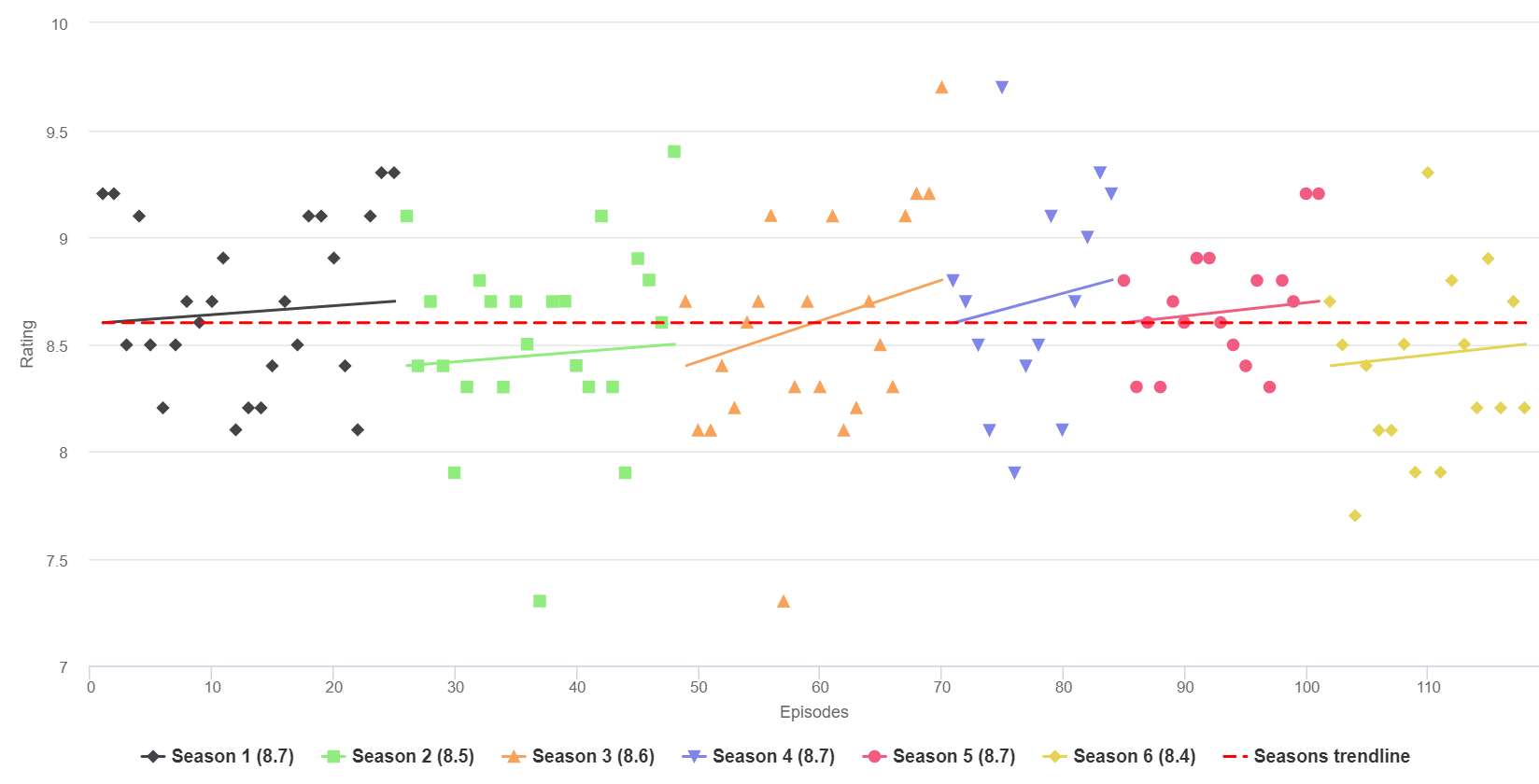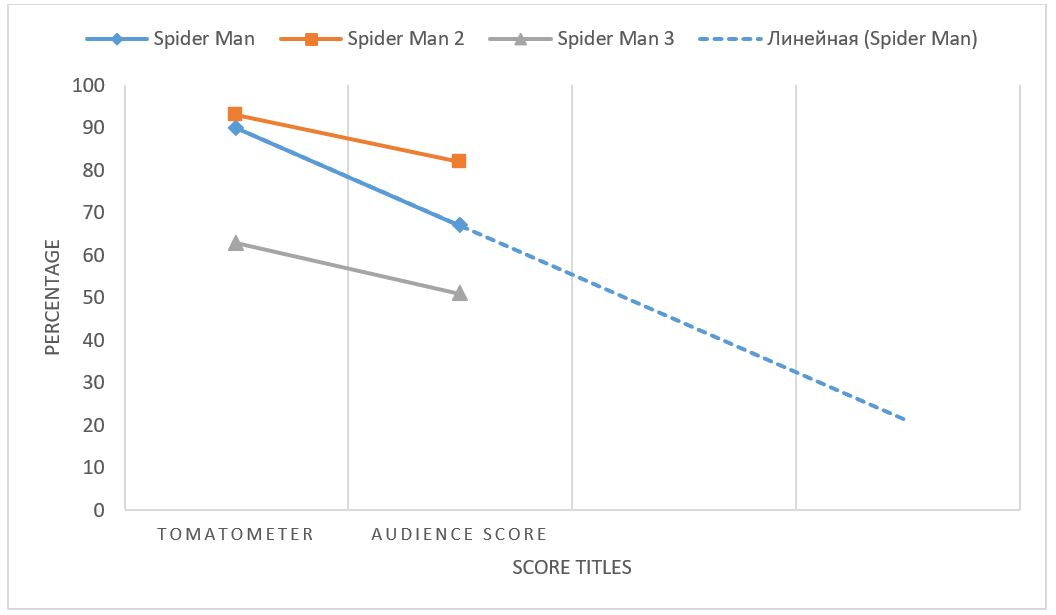Jumped the Shark
The Lost TV series was one of the best shows of the 2000s, with a witty plot and attractive action scenes that were accompanied by the mystery surrounding the Island. Yet, despite being practically brilliant, the show started going downhill since the second season, as the authors started building up more suspense and failed to maintain the same level of quality throughout the next five seasons. The current TV series was picked to showcase the idea that even a great show with an incredibly lucrative plot could be negatively affected by the willingness to insert cliffhangers (Ankerberg & Burroughs, 2007). The director kept the viewers attached to the plot but seemed to have forgotten about common sense and important details that had been outlined during the first season. With regard to the description of Lost in general, it may be claimed that this TV series is a direct hint at how a plot should not be developing over the course of several seasons.

To be more specific, Lost might have made a name for itself via constant shark-jumping and irrelevant plot twists that came out of nowhere and left many viewers puzzled. Starting with the second season, when high-grade mysteries began resembling Illuminati conspiracies, the show quickly went downhill. Some of the most famous examples of Lost jumping the shark may be the survivors meeting the Others, Claire getting amnesia, Locke being resurrected, and the Island going back in time. Each of these examples gradually contributed to the show becoming less appealing to the viewers. It may be seen in Figure 1 that starting with the second season, viewer gratification began decreasing and did not stop until the end of the sixth season.
Nuked the Fridge
When it comes to the notion of nuking the fridge, one of the best examples would be the third installment of Sam Raimi’s Spider-Man trilogy. While the first two movies were subjectively accepted by both critics and viewers, the third one is mostly remembered for Peter Parker’s dancing scene and the lack of a reasonable plotline. The first movie managed to appeal to the audience and pave the way for movie adaptations of comics. The second Spider-Man movie somehow increased the depth of the plotline and has made the on-screen action even more dramatic, leaving viewers at the edge of their seats. Yet, the third movie is what many fans of Spider-Man across the globe are trying to forget because it does not live up to any expectations generated by the first two installments. Emo Peter Parker turned out to be somewhat of a nail in the coffin for Raimi’s franchise.
When looking at the history of Spider-Man movies over time, it may be definitely concluded that filmmakers have learned their lesson and have not repeated Raimi’s mistakes ever since. Based on the evidence presented in Figure 2, it may also be claimed that Spider-Man 3 was not interesting enough to the audience. The conflict between Eddie Brock and Peter Parker escalated exceptionally quickly while also barely touching upon Sandman’s motivation to kill Spider-Man (Usuda, 2008). The movie does not provide any decent background for these two and does not create room for justifying their actions, which could not be met in the first two Spider-Man movies, where all plot points were connected logically.

References
Ankerberg, J., & Burroughs, D. (2007). What can be found in Lost? Insights on God and the meaning of life from the popular TV series. Harvest House Publishers.
Usuda, K. (2008). Movements and rhythms; On Sam Raimi’s Spider-Man 3. CineAction, (75), 70-72.